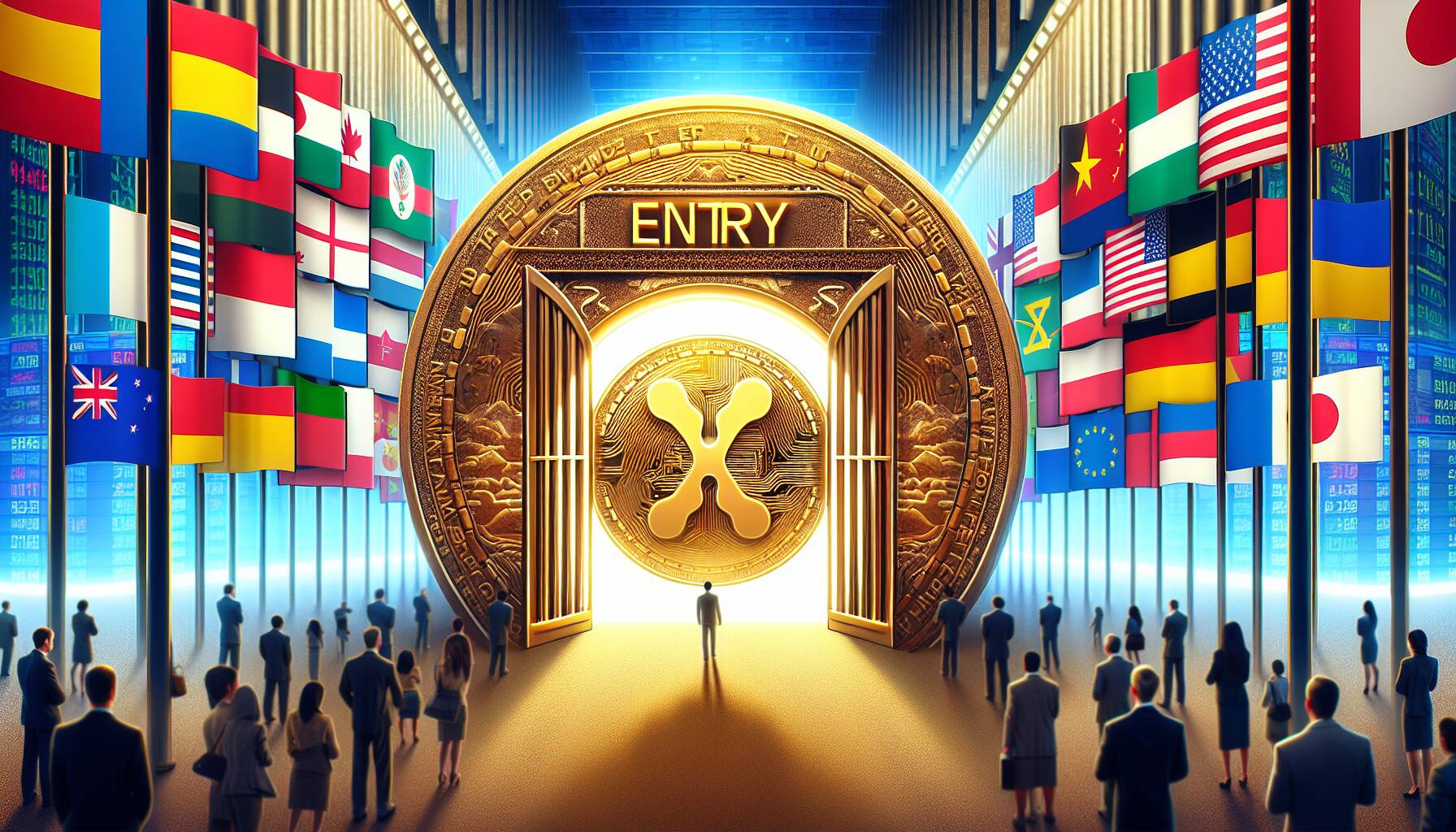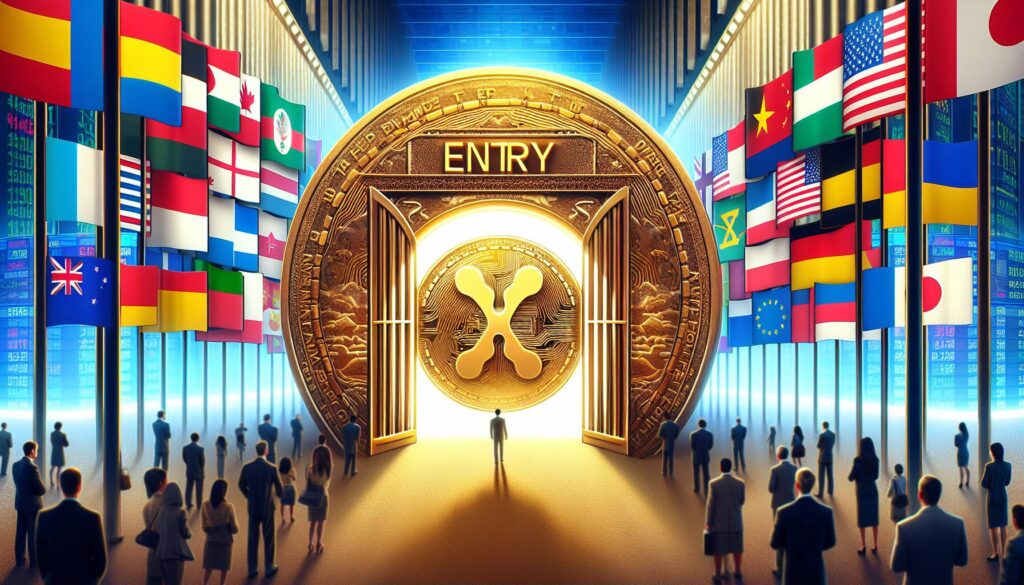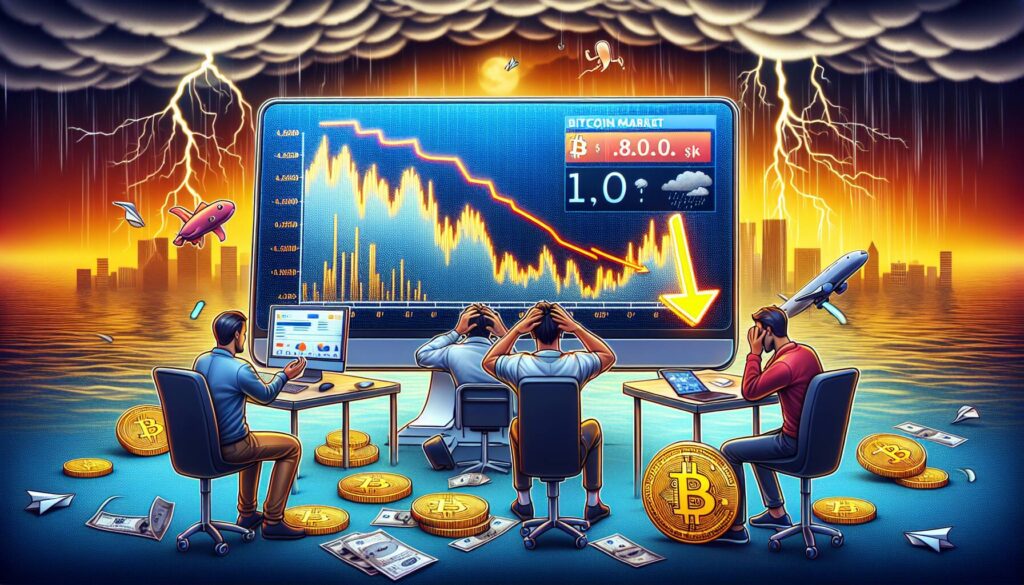XRP has recently made headlines as it becomes the latest cryptocurrency to be wrapped in a spot exchange-traded fund (ETF). This move follows the rapid introduction of ETFs for other major cryptocurrencies such as Bitcoin and Ether in 2024, as well as Solana just weeks prior. The momentum around these financial products indicates a growing acceptance and interest in the cryptocurrency market among traditional investors.
The wrapping of XRP into a spot ETF allows for greater accessibility and potentially less volatility for investors looking to gain exposure to this digital asset. As more cryptocurrencies join the ranks of those available through ETFs, it highlights the evolving landscape of cryptocurrency investments and the increasing regulatory acceptance they are achieving.
“As seen with the earlier launches for Bitcoin and Ether, the popularity of ETFs could pave the way for broader adoption of cryptocurrencies in traditional finance,” experts note.
With XRP’s inclusion in this new financial vehicle, investors and analysts alike are keenly observing how this will impact not only the token’s value but also the overall dynamics within the cryptocurrency market. This momentum reflects an ongoing shift in investment strategies and growing confidence in digital assets.

XRP Wrapped in Spot Exchange-Traded Fund
The following are key points regarding XRP’s recent inclusion in a spot exchange-traded fund (ETF):
- Inclusion of XRP: XRP has joined bitcoin, ether, and solana in being wrapped in a spot ETF.
- Market Impact: The introduction of XRP ETFs may significantly influence investor interest and market dynamics for cryptocurrencies.
- Regulatory Landscape: This move could reflect evolving regulatory acceptance of cryptocurrencies, potentially impacting how investors approach crypto assets.
- Diversification Opportunities: Investors can diversify their portfolios with XRP’s addition to ETFs that include various digital assets.
- Potential for Increased Adoption: The ETF could lead to larger institutional investments in XRP, promoting broader adoption in the financial ecosystem.
The wrapping of XRP in a spot ETF may reshape investment strategies for both retail and institutional investors.
XRP’s Emergence in the ETF Landscape: A Comparative Analysis
The recent move to wrap XRP in a spot exchange-traded fund (ETF) marks a significant milestone in its market trajectory, especially following the launches of Bitcoin and Ethereum ETFs earlier in 2024, and more recently, Solana. This introduction positions XRP as a more accessible investment for those looking to diversify their cryptocurrency portfolios, especially among institutional investors who prefer the security and regulatory assurance that ETFs provide.
Competitive Advantages: One major advantage of XRP entering the ETF arena is its established reputation in the cryptocurrency space. Unlike newer entrants, XRP has a longstanding presence, appealing to both seasoned investors and those new to crypto. Furthermore, the regulatory environment surrounding XRP has stabilized, making it a more attractive option for compliance-conscious investors. The liquidity provided by the ETF structure also enhances the trading of XRP, potentially resulting in reduced volatility and better price discovery.
Disadvantages: However, the wrapping of XRP into an ETF is not without its challenges. Market sentiment around XRP has historically been influenced by regulatory scrutiny, which could deter some risk-averse investors. Additionally, as competition intensifies with various cryptocurrencies entering the ETF market, XRP may struggle to maintain prominence, especially if newer tokens offer superior technology or growth potential.
This move could significantly benefit institutional investors seeking to add cryptocurrency exposure to their portfolios without the complexities of directly holding digital assets. On the flip side, retail investors could face complications if XRP fails to communicate its value proposition effectively amid a growing number of options. Moreover, if regulatory issues resurface, it could create delays or complications that impact investor confidence.














